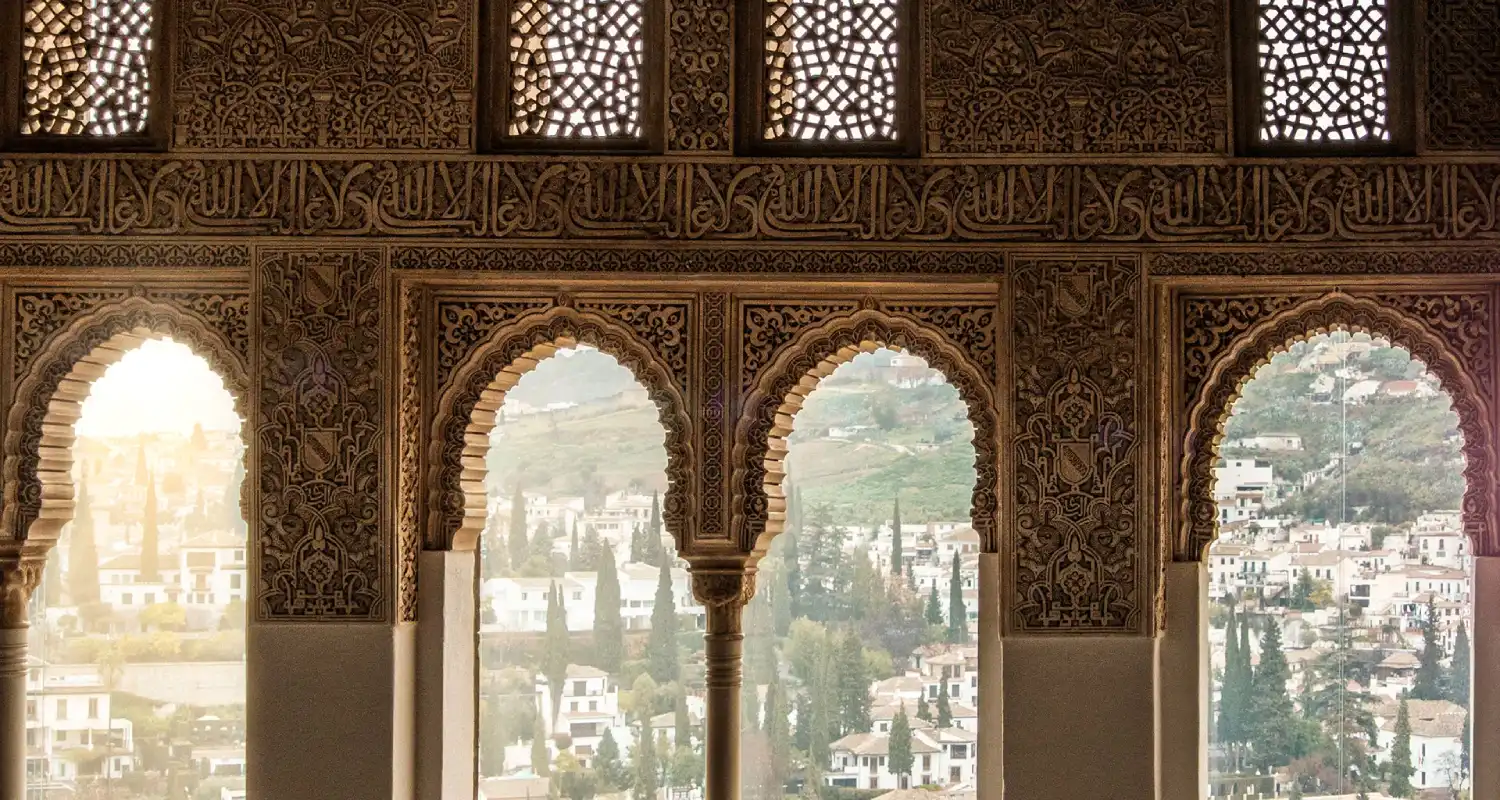
6 Legends about the Alhambra that you should know
Talking about Granada and the Alhambra means delving into thousands of stories and legends that have been passed down through generations. These tales and proverbs, shared by word of mouth, have preserved Granada’s most intimate and popular history. Here are six captivating legends from the Alhambra that showcase its magic and mystery.
The Legend of the 'Suspiro del Moro' and the Alhambra
The Legend of the Moor’s Sigh tells the story of Boabdil, the last King of Granada, who surrendered to the Catholic Monarchs in 1492 without resistance. As he left his beloved Granada, Boabdil paused 12 kilometers away to gaze at the Alhambra for the last time. Overcome with emotion, he sighed and wept. His mother scolded him with the famous words: “You cry like a woman for what you couldn’t defend as a man.” Today, the spot is called the Puerto del Suspiro del Moro, or Pass of the Moor’s Sigh.
The Legend of the Sundial
According to some studies, the Nasrid Palaces were designed as a massive sun clock. Shadows cast throughout the palaces during different times of the day indicate the hour, with a particularly striking effect at midday when shadows split rooms into two. While some believe this was intentional, others argue it’s a coincidental result of the architects’ focus on maximizing sunlight.
The Story of the Enchanted Soldier
Legend has it that a cursed soldier guards Boabdil’s treasure in the Alhambra for eternity, only allowed to leave his post once every hundred years. A student from Salamanca encountered the soldier and agreed to help break the curse by bringing a Christian woman and a fasting priest. However, the priest succumbed to greed and broke the ritual, condemning the soldier to eternal servitude.
The Legend of the Hall of the Abencerrajes of the Alhambra
The Hall of the Abencerrages, with its stunning eight-pointed star-shaped dome, is said to be the site of a bloody massacre. According to the legend, the Abencerrages knights were summoned to the palace and treacherously murdered. A stain on the marble pillar in the hall is believed to be the blood of the slain knights.
The Legend of the Mexuar Tiles of the Palace of the Alhambra
The Mexuar Hall, one of the oldest in the Alhambra, features a tile inscribed with the words: “Enter and ask. Do not fear to seek justice for here you will find it.” The Sultan would listen to petitioners from a hidden platform, ensuring fairness by hearing their stories firsthand. This practice earned him the trust and admiration of his people.
The Legend of Queen Zoraida and the Alhambra
Queen Zoraida, once a Christian noblewoman named Isabel de Solís, was captured and later married Sultan Muley Hacén. Renamed Zoraida, meaning "Light at Dawn," she bore two children who vied for the throne against Boabdil, the Sultan’s son from his first wife. This rivalry weakened the Court, contributing to the eventual fall of Granada to the Catholic Monarchs.